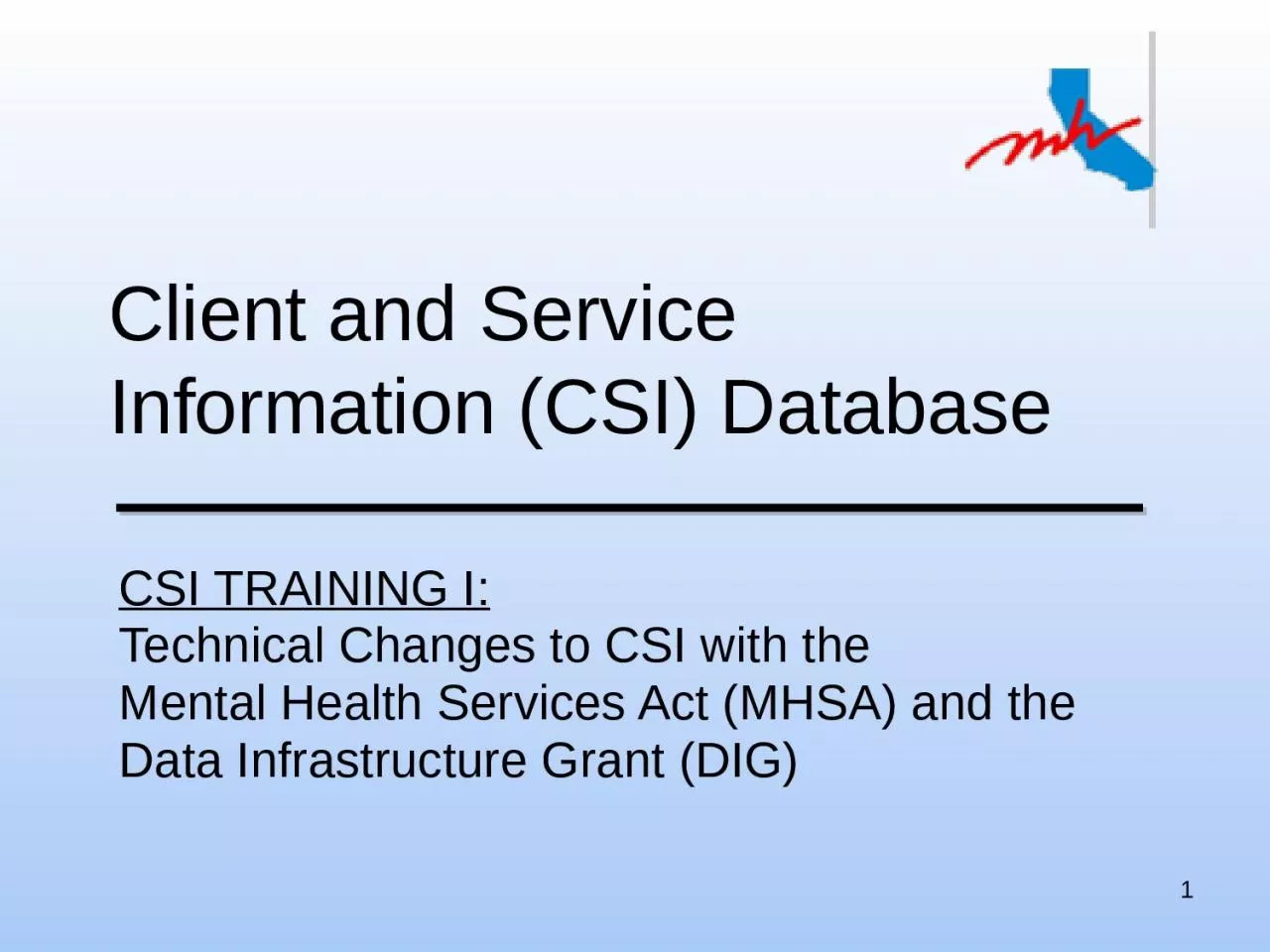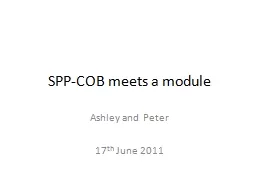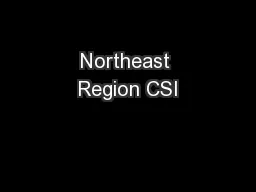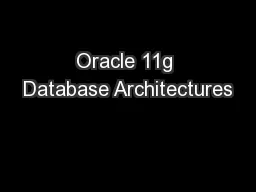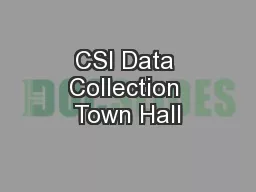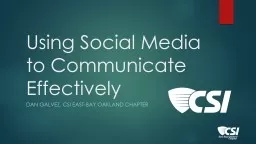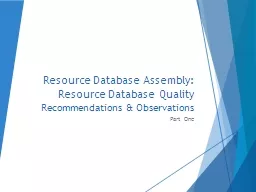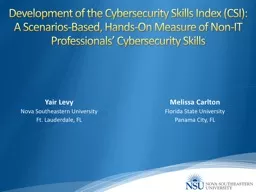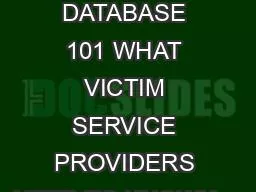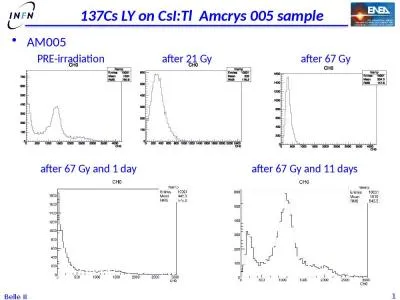PPT-1 Client and Service Information (CSI) Database
Author : rosemary | Published Date : 2024-02-09
CSI TRAINING I Technical Changes to CSI with the Mental Health Services Act MHSA and the Data Infrastructure Grant DIG 2 MANAGER Tom Wilson Email TomWilsondmhcagov
Presentation Embed Code
Download Presentation
Download Presentation The PPT/PDF document "1 Client and Service Information (CSI) D..." is the property of its rightful owner. Permission is granted to download and print the materials on this website for personal, non-commercial use only, and to display it on your personal computer provided you do not modify the materials and that you retain all copyright notices contained in the materials. By downloading content from our website, you accept the terms of this agreement.
1 Client and Service Information (CSI) Database: Transcript
Download Rules Of Document
"1 Client and Service Information (CSI) Database"The content belongs to its owner. You may download and print it for personal use, without modification, and keep all copyright notices. By downloading, you agree to these terms.
Related Documents

